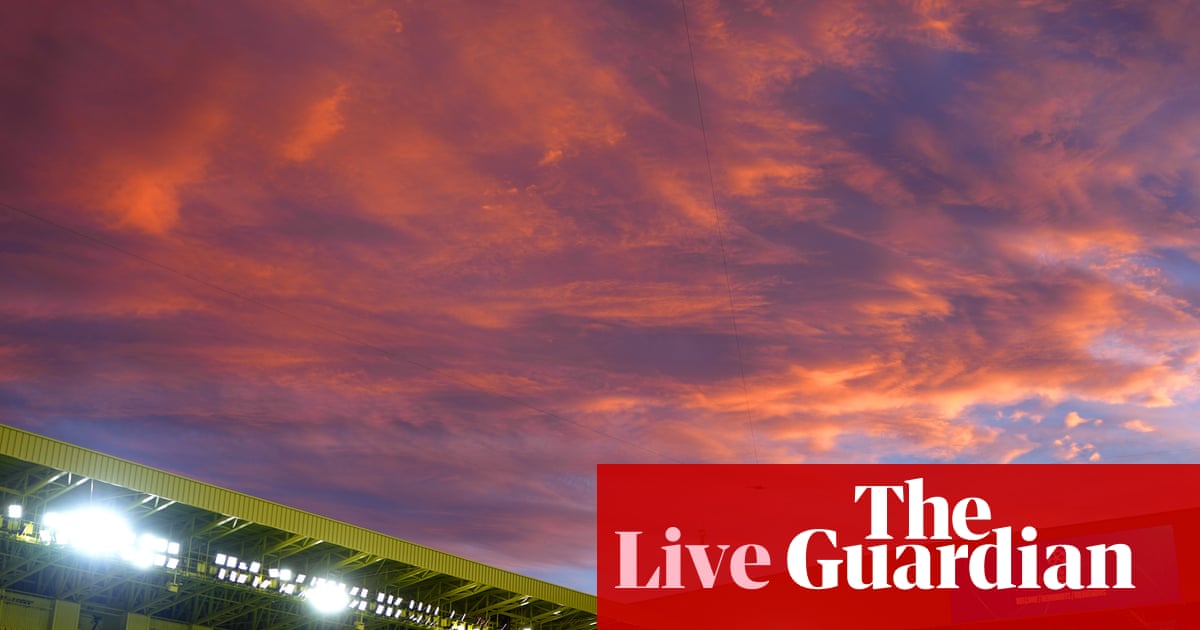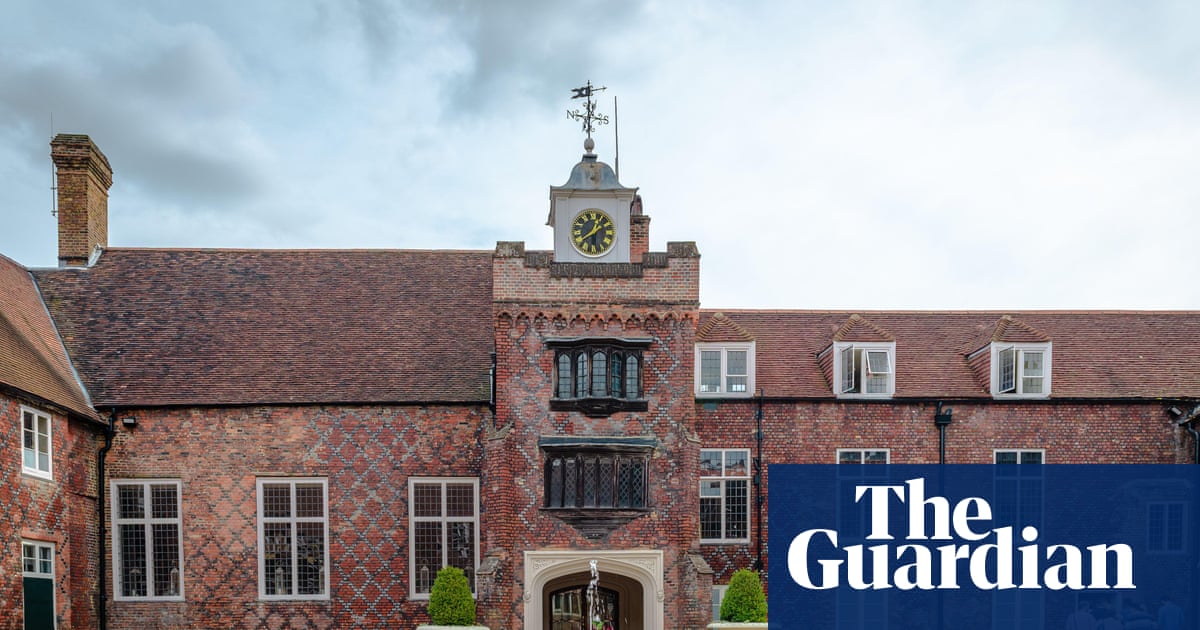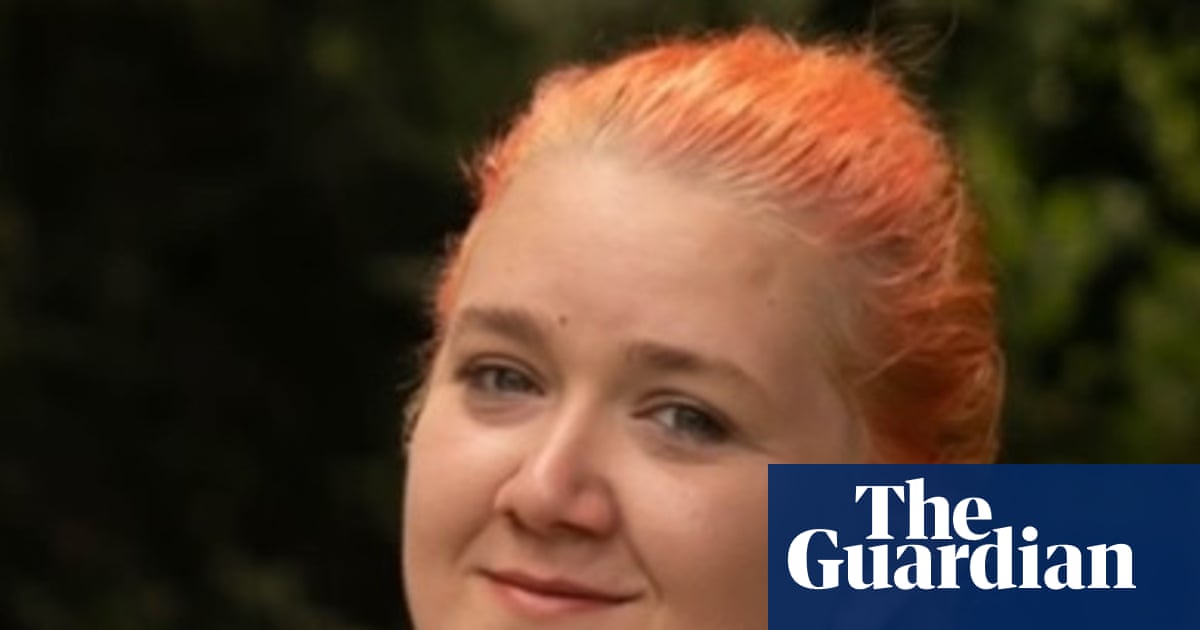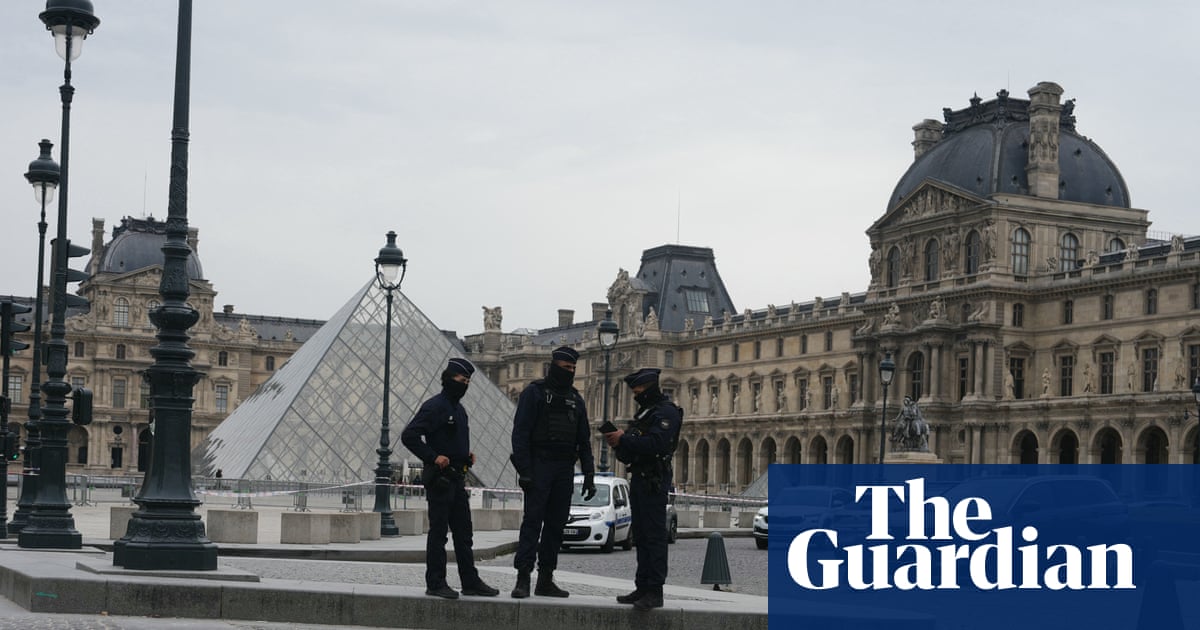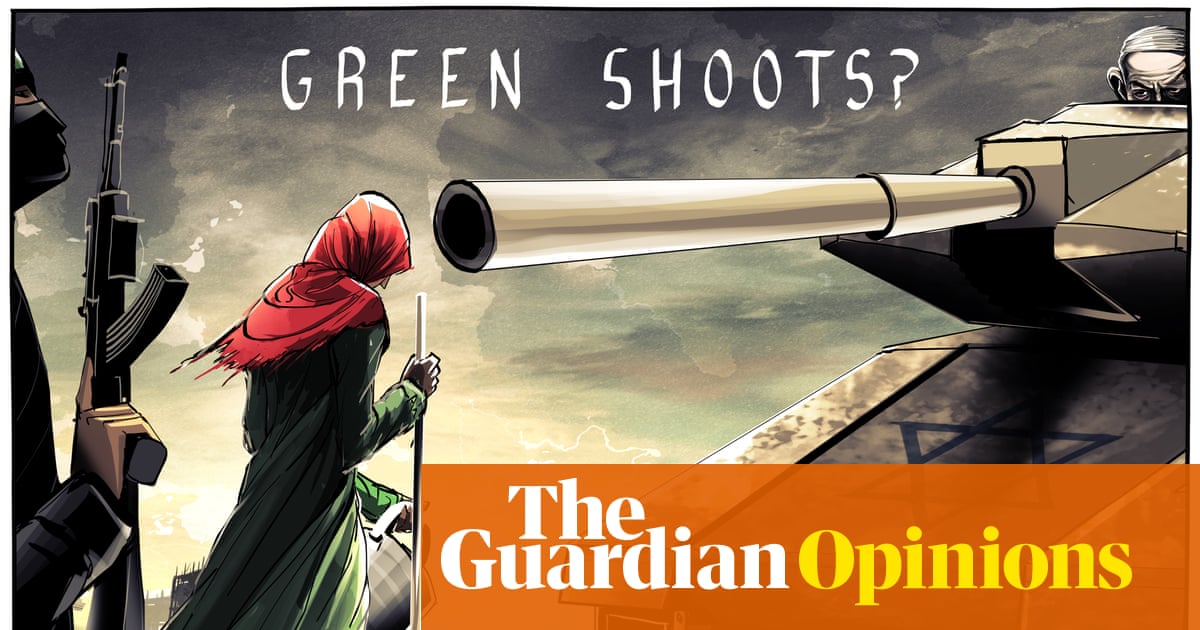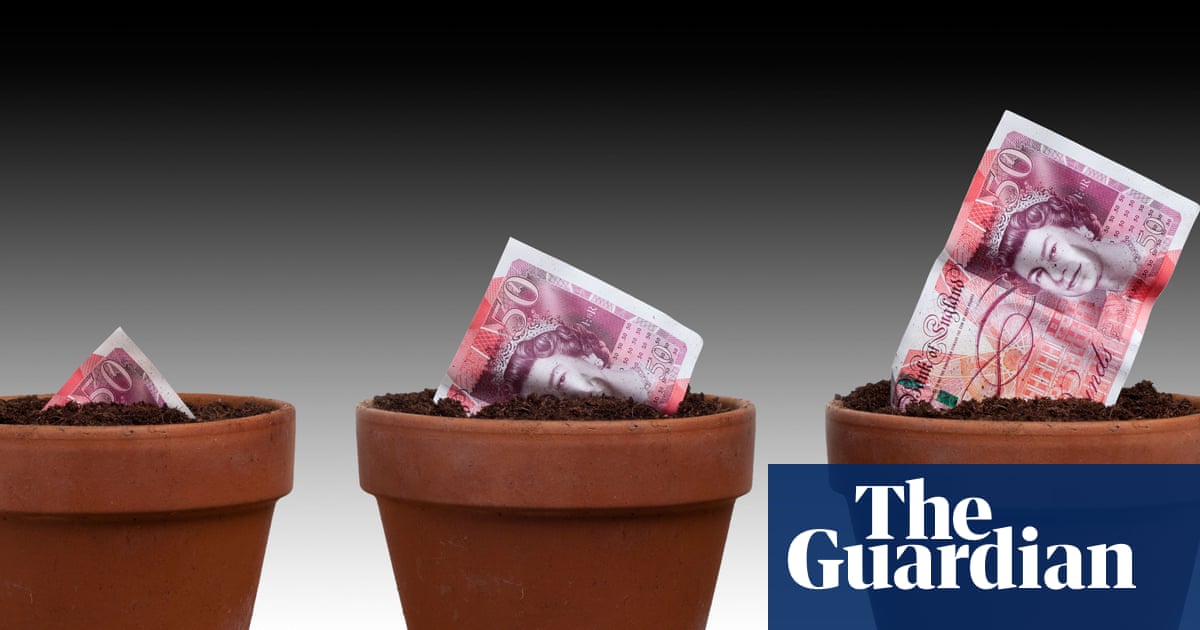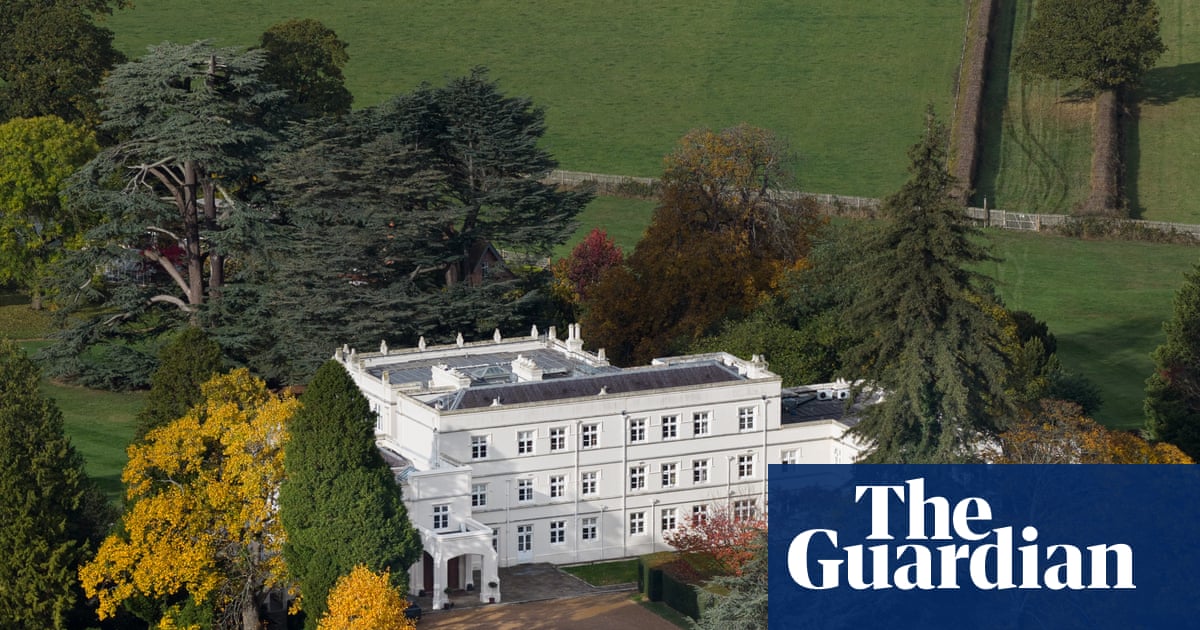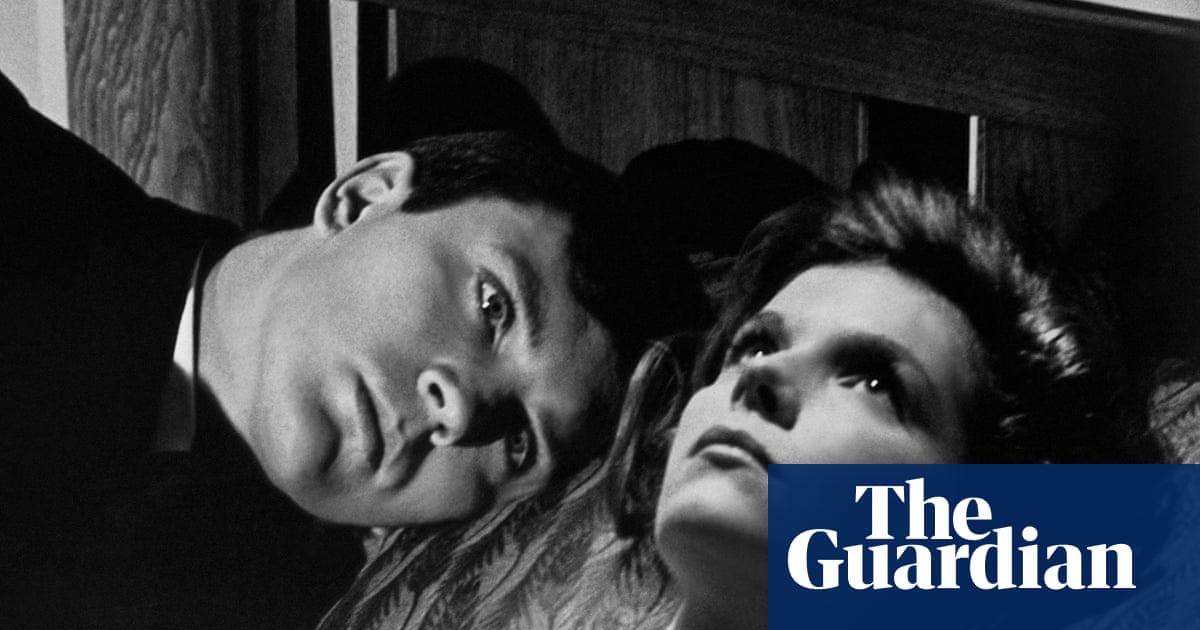Gerhard Richter recalls, as a child, drawing with his finger on his empty, slightly greasy dinner plate, tracing and retracing fanciful curves and spatial structures in endless alterations on the china. Decades later, he would place blobs of different colours on a canvas then intermingle them using slithery curving brushstrokes, lubricated by the oil and paint, until the entire surface was covered. More or less pure colour slid among the passages of impure, much-mixed pigment. Other paintings were made using large squeegees and spatulas, pushing and dragging paint over the surface, and just as often scraping it off again. The squeegee would often pick up previously applied, sometimes half-dried paint, excavating previous layers even as it applied new ones. Smearing paint on, dragging it off again, Richter would keep working until he could no longer think of anything else to do to a painting. One day in 2017, he stopped painting entirely. Since then, he has devoted himself mostly to drawing.
![Gerhard Richter, Ema (Akt auf einer Treppe) [Ema (Nude on a Staircase)], 1966](https://i.guim.co.uk/img/media/3ec9baf7ec26a5f0fbc8dd7bad2eb32852c39d76/142_148_2650_4063/master/2650.jpg?width=445&dpr=1&s=none&crop=none)
Richter’s art is filled with beginnings and endings, revelling in chance as often as he has used craftsmanship and exactitude to paint people and places and things, from flowers wilting in a vase to street corners, elegiac landscapes and the dead. Standing amid his retrospective at the Louis Vuitton Foundation in Paris, it strikes me that however one chooses to describe or compartmentalise the different strands of his work, his art remains irreducible. It’s contrarian, fickle, controlled yet intemperate, the contradictions make a mockery of fixed readings. His art is filled with fugues, with self-absorption and an objective stare.
Having had an academic art school training as a mural painter in Dresden, Richter and his wife Ema escaped to West Germany in 1961. After a few false starts, he soon began painting black and white images derived from photographs in newspapers and magazines, and from family snapshots. Here’s his Aunt Marianne, 14, with the infant Gerhard. A schizophrenic, Marianne was later institutionalised and then killed in the Nazi’s euthanasia programme in 1945. Here’s Uncle Rudi, buttoned up in his Wehrmacht greatcoat, smiling for his picture. He looks a kind of innocent, and died early in the war. Here’s Richter’s father, a not-long released prisoner of war, his hair comically awry and mugging for the camera. Family portraits and newspaper shots, airplanes and bombs, histories and holidays jostle on the wall.
From early on, Richter has been both fascinated by and mistrustful of photographs, which he has often taken himself and returned to as a basis for paintings. He has also returned, time and again, to subjects taken from his own life, to the events and things that surround him. These have included subjects as laden as the Holocaust and the deaths in prison of four members of the Baader-Meinhof Group. He has painted a dangling toilet roll, a kitchen chair, a wine bottle and an apple on a table, a candle and a skull, and the moment when the second plane hit the tower on 9/11.
Sometimes Richter has played with banality and even kitsch mawkishness and sentimentality. Shuttling between choices, he has painted Isa Genzken’s naked back, with a kind of tender objectivity, and his daughter Ella looking down as she reads a book. Light striking the corner of a gothic wall, unkempt wintry branches in the snow, a squatter’s house. Everything leads somewhere else, even when we can’t see it.
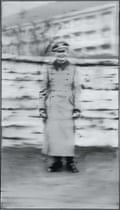
This is the most comprehensive retrospective I have seen of the now 93-year-old artist’s work. Organised chronologically and thematically and including around 270 works, the exhibition is filled with shifts and telling juxtapositions, across its multiple rooms. But where’s that vast and jumbled painting of the Alps, or the porn paintings, or the ones he painted of a tourist being attacked by a lion in a safari park, or the portrait of his daughter Betty, her head leant on its side? Having everything here, of course, would be impossible.
A lover of lists, of categorising and archiving his works by subject, including all the photographs he has collected in his monumental Atlas of images, Richter has fittingly been the subject of numerous retrospectives and appraisals – including, in 2020, at the Metropolitan Museum of Art in New York, a show that closed within days of its opening, due to Covid. Each exhibition tells his story differently.
The point is to be able to linger as well as to follow Richter’s development over the decades. As much as we progress, we digress, like Laurence Sterne’s Tristram Shandy, and like Richter himself, through this electrifying exhibition. Ema, Richter’s first wife, comes down the stairs naked (a nod to Marcel Duchamp’s 1912 Nude Descending a Staircase). She takes her place among the first of his photographically derived cloudscapes and landscapes. The tide breaks on a muddy foreshore. A causeway crosses a tilted horizon, and there’s a green field under a sullen sky. Now an aerial view of a city. Have the streets and buildings been bombed or just strafed by Richter’s brushstrokes?
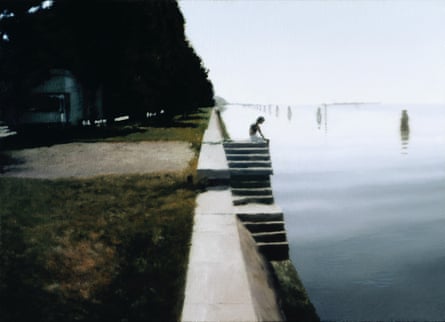
Sometimes, he works from photos and postcards, at other times from nothing at all. There are paintings that offer almost too much and others that give you nothing but a grey surface to wallow in. One is built up in fast glossy marks that catch the light. Another has a puckered, orange-peel texture, and another seems matt and blotted, faint light grinning through the murk.
I swerve up close, pace between flip-flopping clear glass panels that are angled this way and that on a structure in the middle of the room, trying to look between them and through them, where Richter’s paintings are refracted and reflected and interrupted by bursts of gallery lights bouncing off the glass, complicating the view. Then there are the mirrors and the strip paintings whose multiple horizontal stripes zoom past like a train hurtling by, lifting my hair as it goes.
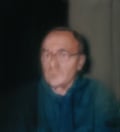
There are moments of quiet, in the thick white abstractions and in the brick side of a house that reminds me of Vermeer, with the blurred tree beside it thrashing in the wind; and the surging and the roaring and the unutterable silence and the muteness of the black and white abstractions named for the winter months; and the abstractions that had John Cage in mind when Richter painted them; and the 4,900 squares of lacquered colour made when Richter was working on the stained glass window for Cologne Cathedral. The exhibition leads you back and forth, from one thing to another, to drawings that are barely discernible, some like circuits of unknowable terrain quartered and mapped by a private cartography.
Constantly re-complicating things even when he empties them out, Richter reworked a postcard of Titian’s 1530s Annunciation – which resides in the Scuola Grande di San Rocco in Venice – over a series of five paintings in 1973. The image becomes successively more jumbled and amorphous, the sacred light diffusing over the scene it illuminates, which swims and surges and becomes progressively less graspable. It dissolves, like the icebergs in the Greenland mist he later went on to paint, or the film still he used as the source of the panoramic Funeral, which concludes his 1988 cycle of 15 Baader-Meinhof paintings (titled October 18, 1977). The crowd and the coffins have become a barely discernible, a milling grey shimmer. As much as anything, these paintings seem to me to describe a kind of impossibility.
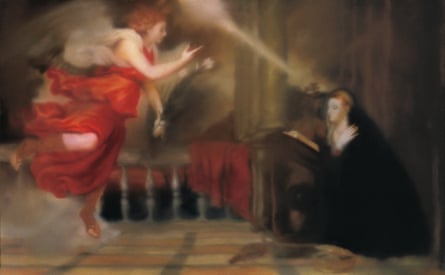
In 2014, Richter tried to work with the photographs taken, at great risk, by a prisoner at the Auschwitz-Birkenau concentration camp, even sketching the terrible, surreptitious images recording the cremation of gassed victims on to his bare canvases, but found that the impossibility of painting them led the artist to expunge the images entirely. But the images are not so much erased as buried. The masses of dark and light, the layered judderings of black, grey and red make any reference impossible to trace back to their original source. You can’t squint your eyes and find them.
Except, of course, that is exactly where Richter’s calculated mise en scène, contained in the exhibition’s final room, leads us, with its juxtaposition of photographs, abstract paintings and greyed mirrors hung opposite. They leave us wanting to see deeper. Turning away from the paintings to the grey mirror, you find yourself dimly reflected, implicated among the things in the room.

 3 hours ago
8
3 hours ago
8

